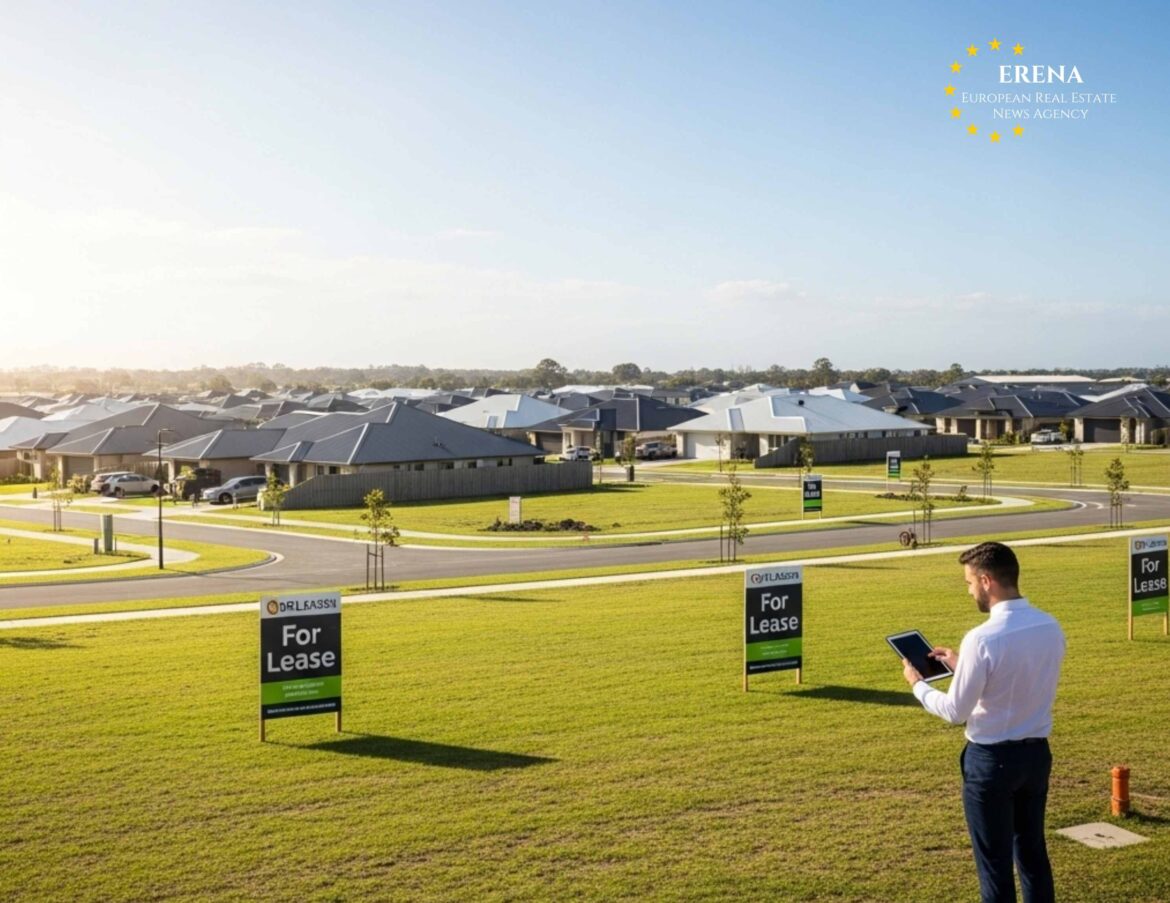In recent years, the term “land lease” has been appearing more frequently in the global real estate conversation. A structure in which an investor buys a home or commercial building but does not own the land underneath it was once considered a niche model. However, in 2024–2025, this format is gaining significant traction — driven by rising land prices, regulatory shifts, and land ownership restrictions in certain regions. In this article, we explore why land lease properties are emerging as a new investment norm, what benefits they offer, and what risks investors should be aware of.
What Is a Land Lease Property?
A land lease property involves owning the building or structure located on a piece of land that remains under long-term lease — typically 30 to 99 years — from a third party. That party may be the government, a municipality, a private landowner, or a development firm. In many cases, leases come with renewal options and fixed terms that provide predictability.
This model is widespread in the United States, Canada, the United Kingdom, Australia, and several parts of Asia. In Europe, it’s gaining momentum in countries like the Netherlands, Germany, and select regions of Spain — especially where land is becoming a scarce and expensive commodity.
Why Land Lease Is Gaining Popularity
1. Affordability and Lower Entry Barriers
One of the primary advantages is the lower initial investment. Since buyers are not purchasing the land, the total property cost is significantly reduced. This makes land lease homes more accessible to first-time buyers, younger investors, and those with limited budgets.
For example, in the Netherlands, houses on leased land can cost 20–30% less than freehold equivalents. In Melbourne, Australia, this difference can reach up to AU$100,000 (around €61,000) for entry-level homes.
2. Soaring Land Prices and Limited Availability
As available land for development becomes increasingly rare — particularly in major cities — the land lease model is becoming more common. Governments and developers are opting to retain land ownership while leasing it to individuals or businesses, allowing for long-term planning and better control over urban development.
Cities like Berlin, The Hague, and London use land lease frameworks to maintain influence over infrastructure, prevent speculation, and promote sustainable growth.
3. Legal Transparency and Flexibility
Modern land lease agreements are increasingly structured with clear terms, renewal conditions, and protections against arbitrary rent hikes. These features create more confidence for investors and allow them to forecast cash flows more accurately.
In some jurisdictions — such as Germany or South Korea — leasing land may also carry a lower tax burden than full ownership, making it even more attractive from a financial perspective.
Where Land Lease Properties Are Already Common
United States: Especially in states like California, Florida, and Hawaii, land lease is used in both residential and commercial developments. Notably, the famous Ala Moana Center in Honolulu is built on leased land.
United Kingdom: In London, particularly in central boroughs, land lease is a widespread practice due to the concentration of land ownership by historical estates and the Crown.
China: All land is state-owned, and property owners receive usage rights through long-term leases of up to 70 years, effectively creating a mandatory leasehold model.
Australia: Increasingly used for social housing and government-backed developments, where land ownership remains public but buildings are leased or sold.
Key Advantages for Investors
- Lower upfront capital requirements — ideal for smaller investors or those entering expensive markets.
- Portfolio diversification — an opportunity to invest in regions with land ownership restrictions or high land prices.
- Higher returns on investment (ROI) — with lower purchase costs, investors can achieve greater returns on rental income or resale.
- Reduced exposure to volatile land values — particularly valuable in rapidly growing or unstable markets.
Potential Risks to Consider
Despite its growing popularity, land lease comes with specific considerations:
- Lease expiration risks. If the lease ends and is not renewed, ownership of the building may revert or be subject to new conditions.
- Rising ground rent. Some leases contain clauses for inflation adjustments or rent increases at set intervals.
- Restrictions on improvements or resale. Many agreements require landlord approval for renovations or sales.
- Limited financing options. Some banks are hesitant to finance land lease properties, especially if the lease has fewer than 50 years remaining.
Market Momentum and Institutional Interest
According to data from Knight Frank and Savills, interest in land lease properties increased by 18% in Europe and 25% in Southeast Asia in 2024. At the same time, institutional investors — including REITs — are adding more leasehold properties to their portfolios, particularly in residential and retail sectors.
Urban policy is also fueling demand. In Amsterdam, for example, over 60% of planned new developments in 2025 will involve land leased from the city.
The Future of Land Lease Investment
In an environment defined by surging land prices, tighter regulations, and increasing urban density, land lease models offer a flexible and sustainable solution. They allow governments to maintain strategic control over land use, while investors benefit from cost-effective entry and predictable returns.
Public-private partnerships are also expanding in this space, using land lease structures to deliver affordable housing, mixed-use projects, and long-term infrastructure developments.
Conclusion: A Strategic Investment in the Age of Expensive Land
Land lease properties are no longer just an alternative — they are a smart, forward-thinking investment tool. Whether you’re a first-time investor, a private buyer, or an institutional player, leasehold assets can offer strong returns, diversified exposure, and access to high-demand locations at a lower cost.
While legal and financial diligence remains crucial, the growing popularity of land lease investments is reshaping the global real estate landscape — and investors are taking notice.

